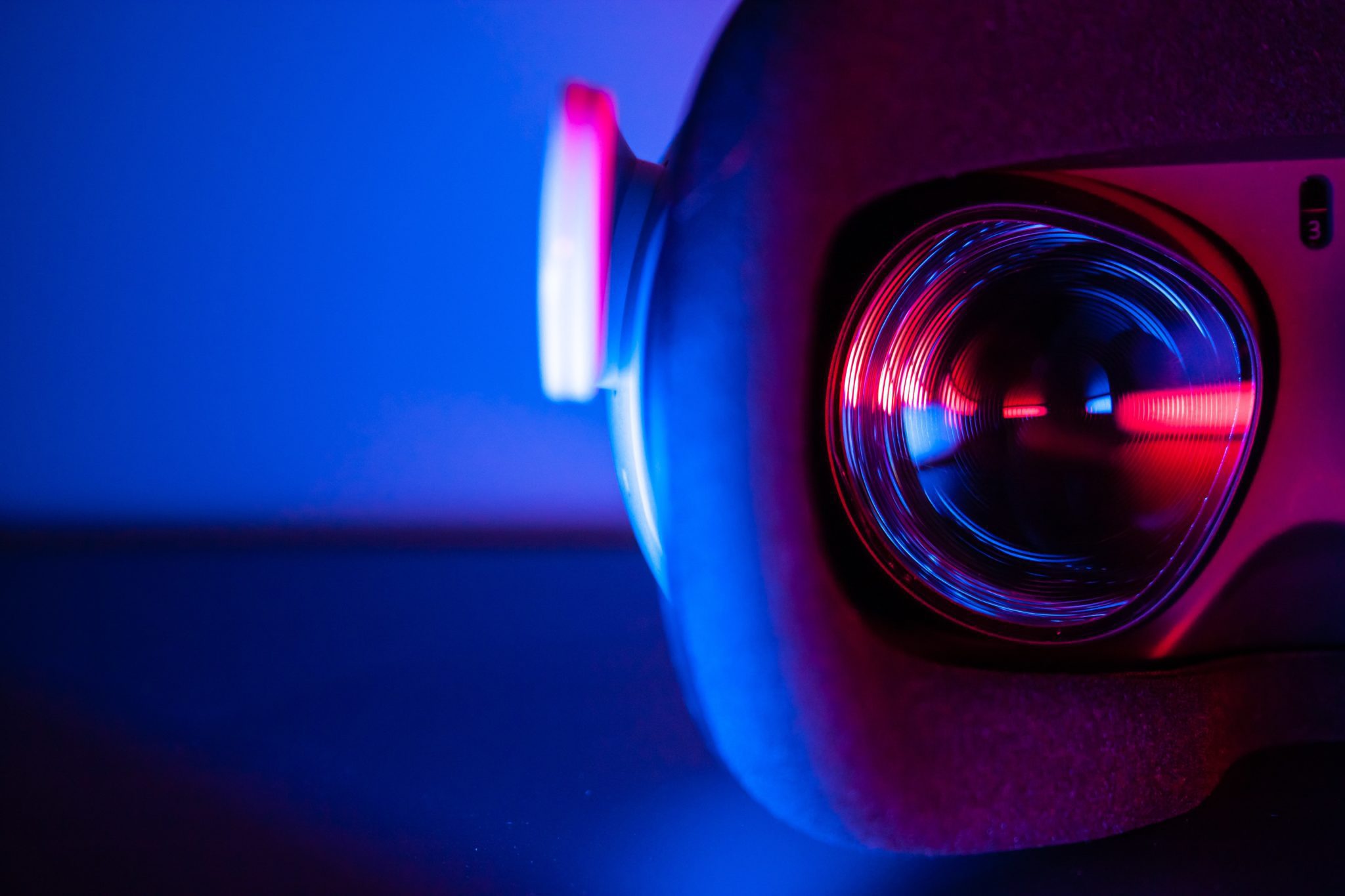The future’s here – offices must catch up
Posted:
4 / 21 / 2022
Tagged:

How did you start work this morning?
Did you commute in, reading your new book whilst stacked against the other commuters chin-to-back? Or perhaps you’re working remotely, logging in from a far-flung AirBnB, flexing an exotic background on Zoom. Or maybe you simply rolled out of bed, logged on at 8:55am and got started from the comfort of your own sofa…
There’s now a plethora of ways in which we can start our day. Once upon a time the commute was mandatory, the office considered the mecca of productivity and the mere suggestion of a semi-remote workforce sent CEOs shuddering back to the coffee machine. Now, of course, it’s a different story altogether. With Slack, Microsoft Teams, Zoom, Google Hangouts (the list goes on), we’re inundated with tech, and when it comes to the ways in which we can work and connect virtually, more is more.
But is this sustainable? We’re all craving in-person interaction, having been starved of real-life collaboration for the past two years. We’re familiar with the concept of ‘hybrid’ work, but as Zoom fatigue sweeps the working world, we must ask ourselves “what’s next”? Indeed, was hybrid simply a stepping stone as the professional world strides into a new era of working? The office sector must now create and sustain employee engagement on a deeper level, regardless of whether the employee is in the office or not. And, in this instance, the office sector can look to retail for inspiration.
As we collectively mourn the death of the department store, the players emerging as winners within retail are embracing tech in a targeted and impactful way.
Rather than implementing technology for technology’s sake, the most successful retailers have elevated the shopper’s journey, using both online and in-person strategies, evolving into something more than shopping by offering an experience.
Take highstreet shop Zara, for example. Zara recently introduced app technology that incorporates both virtual and in-person elements. New stores now allow customers to use the Zara app in “Store Mode”, elevating the shopping experience beyond that found elsewhere. The app facilitates a booking system for fitting rooms, automated pick-up points, self-checkout scanners, and item wayfinding so customers can bypass the usual milling about and lengthy queues.
This is what’s known as delivering an omnichannel experience. Shoppers can engage with the store online, via the app, in person, or in a combination of all three. The benefit? The shopper engages with the brand on a deeper level by virtue of having more ways in which they can access the product, crucially on their terms. Customers can personalize their shop: be that whilst on the move, snappily on a lunch break, or leisurely whilst enjoying a day out at the shops.
Back at the office, the omnichannel offering is echoing into the working world.
With the widespread adoption of tech to support remote working being so successful (albeit catalyzed by the pandemic), the long-term impact of this is that we’re now accustomed to engaging with work in a way that’s sympathetic to the terms of the individual employee. Office workers are now looking to curate their work experience in much the same way that they have an omnichannel offering outside of work.
With hybrid and flexible working the new norm, the way we work has become personalized, and it’s now time for that personalization to be optimized. The missing piece to the hybrid puzzle is how it’ll impact office culture. Keeping the essence of corporate identity alive whilst employees are working across a variety of locations is tricky. Zoom calls and Google Hangouts can get us so far, but lag and disconnect can leave the interactions falling flat.
To remedy this problem, there’s a new kid on the virtual block.
Known as the metaverse, this virtual space allows you to experience a digital simulation of normal life by interacting in real time. And yes, people have started working there too. Rather than logging into Zoom to have a catch up with a colleague, some forward-thinking companies are making the most of the metaverse. The users are still having a virtual interaction, but it’s got an added dynamic in the sense that you can walk, sit, converse in a way that’s more in-line with how we’d interact in real life.
And where there’s work, there has to be offices, right? Having previously designed buildings for the likes of Google and Audi, The Danish architectural firm Bjarke Ingels Group (BIG) recently designed the first virtual office in virtual world Decentraland for media agency Vice (they christened it the Viceverse).
Hot on Vice’s heels is Trello. Trello co-founder and metaverse enthusiast Michael Pryor sees huge benefits in the metaverse, namely: “the opportunity for us to have random conversations with people.” It’s clear that the metaverse facilitates something that other, virtual meeting platforms simply cannot: spontaneity.
With companies like Vice and Trello logging into digital headquarters, it’s only a matter of time before logging into the “meta” is on a par with journeying into the office.
Replicating the serendipity of real life is a big bonus for metaverse working, as it allows the employee to engage on a deeper level, affording them a truly personalized omnichannel working experience: “We decided to do it because we want people to have spontaneous conversations,” said Manoela Mitchell, co-founder and CEO of leading health tech firm Pipo Saúde. “We want one-minute alignments to be one-minute alignments, not 50-minute calendar events… And people love it.”
Facebook’s clear steps in the ‘meta’ direction (having gone so far as to rebrand to Meta), almost cement the fact that it is something pop culture is about to embrace en masse. How it will truly take shape is yet to be seen, but for now we must embrace the shifting dynamic into new, and as-yet unexplored, virtual worlds – opening our minds to the possibility that CRE might one day evolve into VRE (Virtual Real Estate).